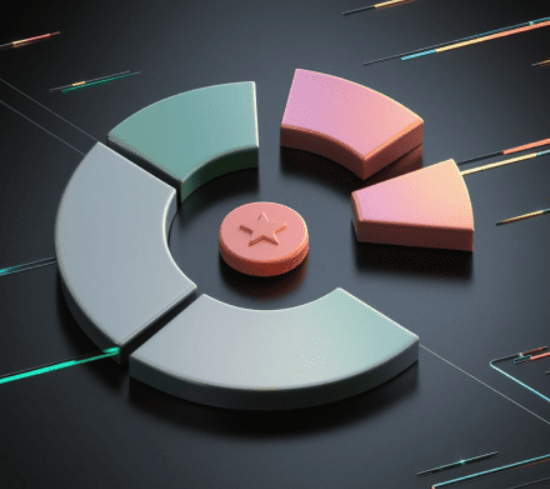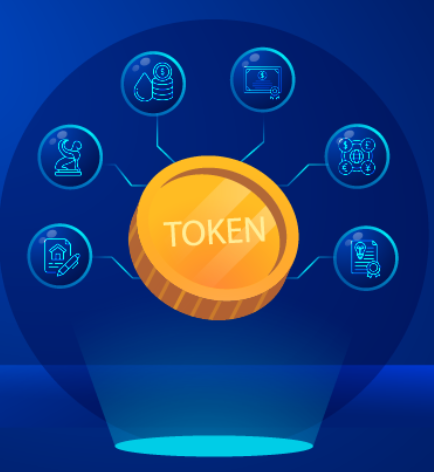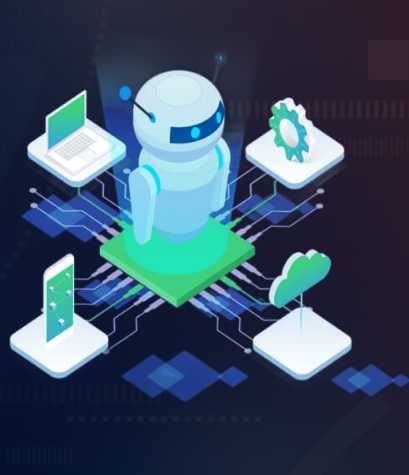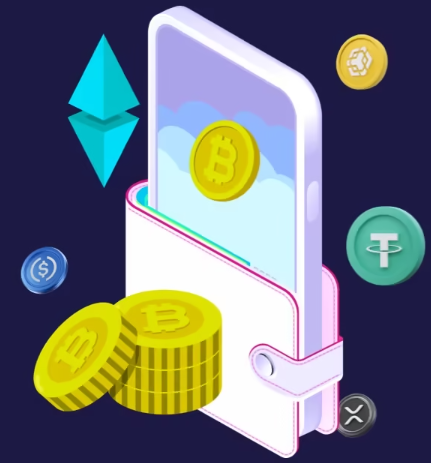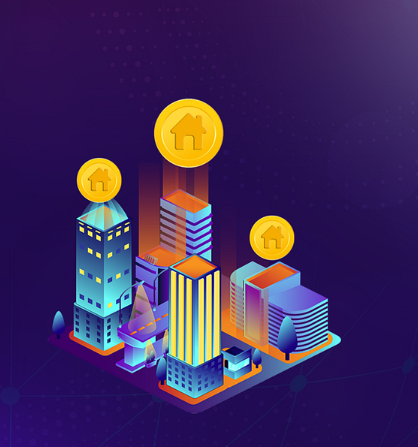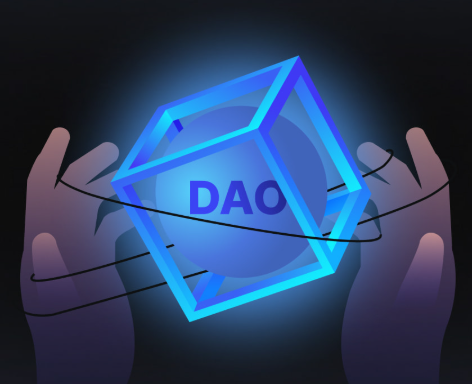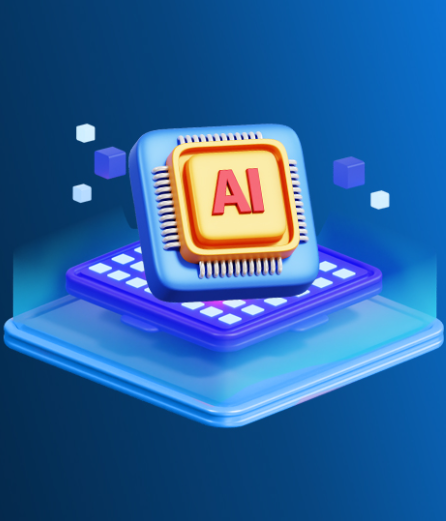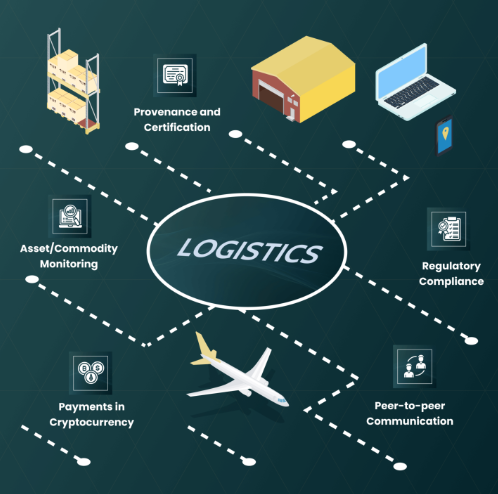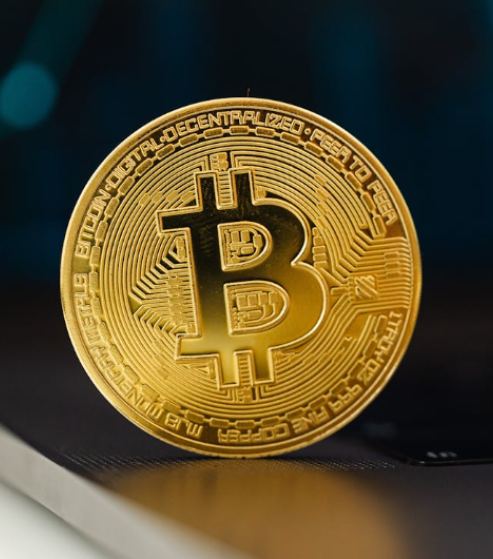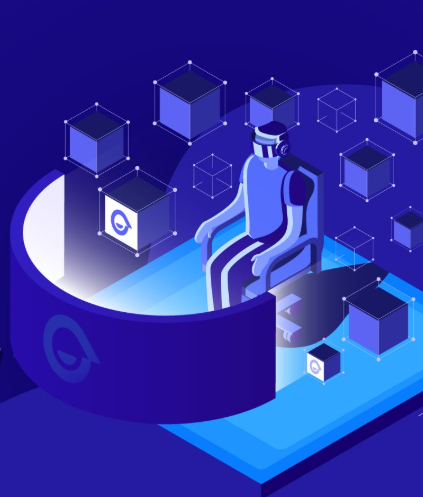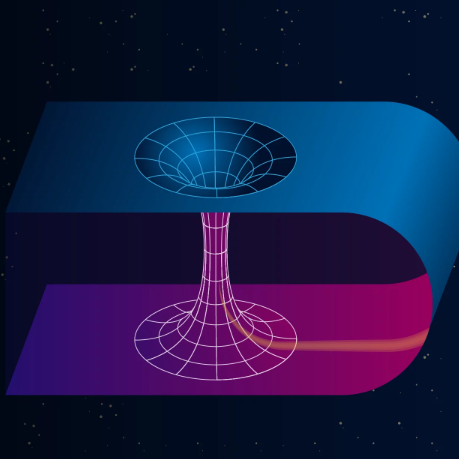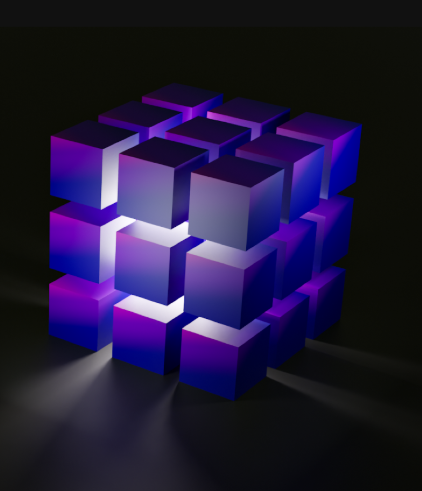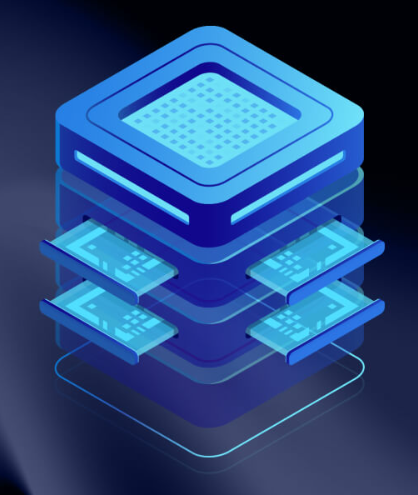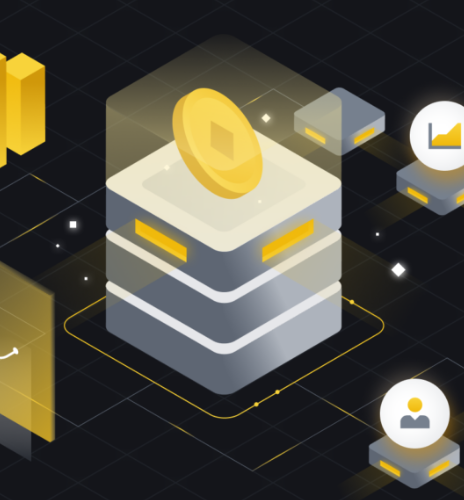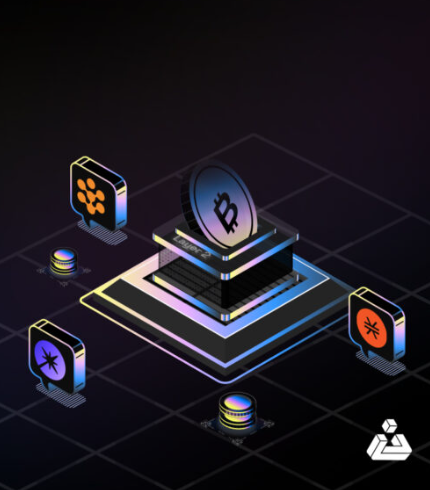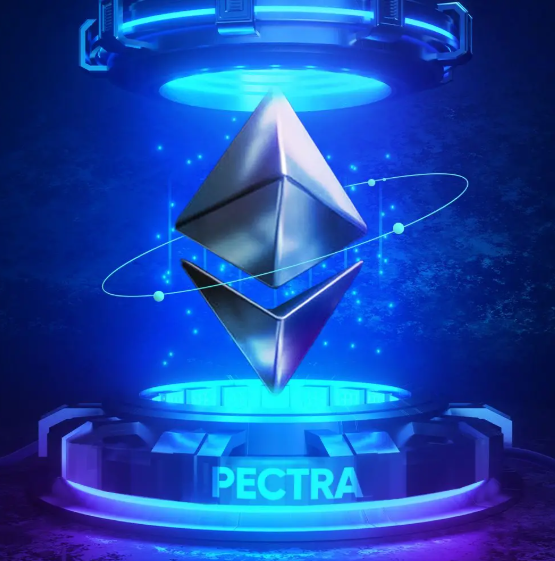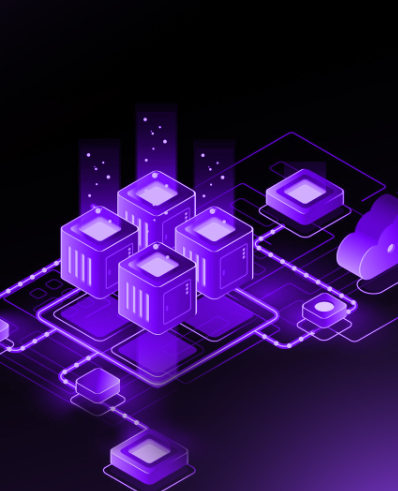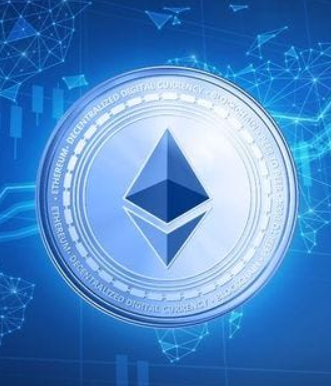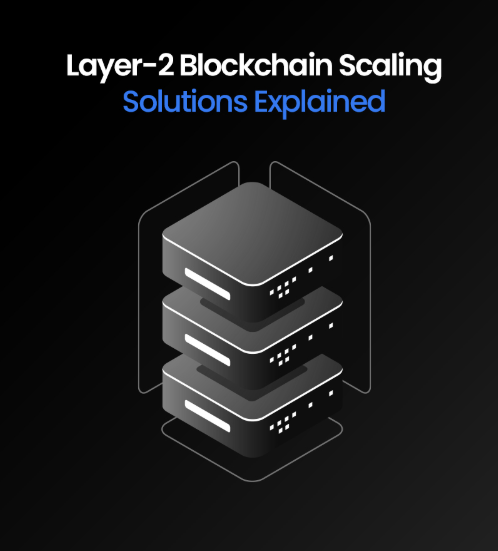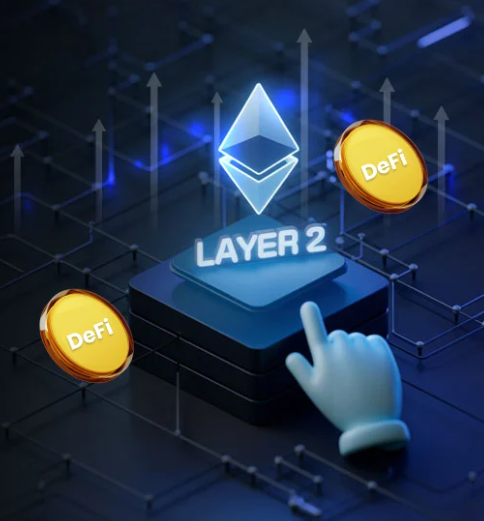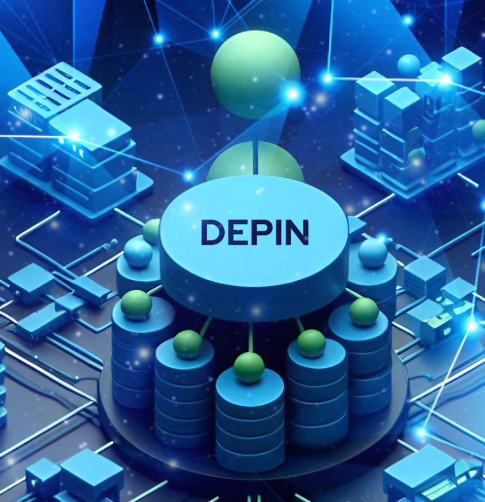
The rise of Decentralized Physical Infrastructure Networks (DePIN) is a game-changer in the blockchain space, as it brings decentralization to the real-world infrastructure powering industries like communication, data storage, and artificial intelligence. These projects are not only revolutionizing the way we think about infrastructure but are also paving the way for a more open and equitable digital ecosystem. Let’s dive into some of the most notable DePIN projects that are transforming the landscape.
1. Filecoin – Transforming Data Storage
Overview:
Filecoin is a decentralized data storage network that utilizes blockchain to create a marketplace where users can rent out unused hard drive space. This network provides an alternative to traditional centralized storage systems, ensuring both cost-efficiency and data security.
How It Works:
Filecoin operates by breaking up data into encrypted pieces, which are then distributed across multiple storage providers (miners). The Interplanetary File System (IPFS) is used for storage and retrieval, and storage miners must offer cryptographic proof to demonstrate that they are reliably storing the data.
Impact:
By decentralizing storage, Filecoin disrupts the dominance of centralized providers like AWS and Google Cloud, enabling more competitive pricing and enhanced security. It also supports web3 applications by allowing them to operate independently of traditional cloud services.
2. Helium – A Decentralized Wireless Network for IoT
Overview:
Helium is building a decentralized wireless network designed for Internet of Things (IoT) devices, offering long-range connectivity without the need for traditional telecom infrastructure.
How It Works:
The Helium network is powered by thousands of user-operated hotspots, which function as both miners and wireless gateways. These hotspots use LongFi technology, a blend of the LoRaWAN protocol and Helium’s blockchain. Participants are rewarded with HNT tokens for providing network coverage and validating their location through the Proof-of-Coverage mechanism.
Impact:
Helium is revolutionizing the telecom industry by reducing operational costs and barriers to entry. The expansion into 5G is a bold step toward decentralizing cellular networks, offering cheaper and more widespread connectivity for IoT applications and other services.
3. Akash Network – A Decentralized Cloud Marketplace
Overview:
Akash Network provides a decentralized cloud platform that connects users seeking cloud services with providers who have excess computing capacity. This open-source model allows for a more affordable and flexible alternative to major cloud providers.
How It Works:
Akash operates on the Cosmos SDK, enabling interoperability. Users submit a “Deployment Manifest,” outlining their cloud needs, and Akash conducts a reverse auction where providers bid to offer their services. The entire process is managed through smart contracts, ensuring transparency and secure transactions.
Impact:
Akash lowers cloud computing costs by up to 85%, making it accessible to startups and developers with limited budgets. The decentralized model promotes competition, reducing prices while fostering innovation in cloud services.
4. Bittensor – Decentralizing Artificial Intelligence
Overview:
Bittensor is pioneering a decentralized network for machine learning, allowing participants to contribute computing power for training AI models. This initiative aims to democratize AI development and reduce the concentration of power in the hands of large corporations.
How It Works:
Bittensor participants, or “neurons,” stake TAO tokens to register on the network. These neurons process data and contribute to training AI models. The network uses a consensus mechanism to evaluate each neuron’s contribution, rewarding them based on their impact.
Impact:
By decentralizing AI training, Bittensor opens up AI development to a broader community, reducing the risks of monopolization and bias. This fosters a more inclusive and transparent AI ecosystem, accelerating innovation across industries.
5. Render Network – Decentralizing GPU Rendering
Overview:
Render Network connects creators in need of rendering services with GPU owners willing to rent out their processing power. This decentralized approach offers a cost-effective solution for resource-intensive tasks like animation and gaming.
How It Works:
Creators submit rendering jobs with specific requirements, and the network matches these jobs with node operators who have the necessary resources. Payments are made in RNDR tokens, and smart contracts manage the assignment and verification of jobs.
Impact:
Render Network democratizes access to high-performance rendering, significantly lowering costs for independent artists and small studios. By doing so, it enables greater creativity and diversity in industries such as gaming, film, and virtual reality.
6. Hivemapper – Decentralized Mapping for the Global Community
Overview:
Hivemapper is creating a decentralized mapping network by encouraging contributors to use dashcams and other devices to collect geospatial data. This continuous stream of data is used to update global maps in real-time, with participants earning HONEY tokens for their contributions.
How It Works:
Contributors install Hivemapper-enabled dashcams in their vehicles, capturing geospatial data while driving. This data is then encrypted, uploaded, and processed to update maps. Contributors are rewarded with tokens based on the quality and uniqueness of their data.
Impact:
Hivemapper challenges the dominance of traditional mapping services like Google Maps by providing more frequent updates and localized data. This decentralized model empowers individuals and could lead to more accurate, community-driven maps.
Conclusion
These DePIN projects are demonstrating the vast potential of blockchain technology to decentralize critical infrastructure. From data storage and wireless networks to AI development and cloud computing, these projects are not only disrupting traditional industries but also creating more inclusive and secure alternatives. As these DePIN networks continue to grow and evolve, they could play a pivotal role in shaping a decentralized digital future.
For those interested in blockchain and its real-world applications, these projects offer an exciting glimpse into the future. Whether you’re a developer, investor, or enthusiast, there’s never been a better time to engage with these groundbreaking initiatives and become a part of the movement.









